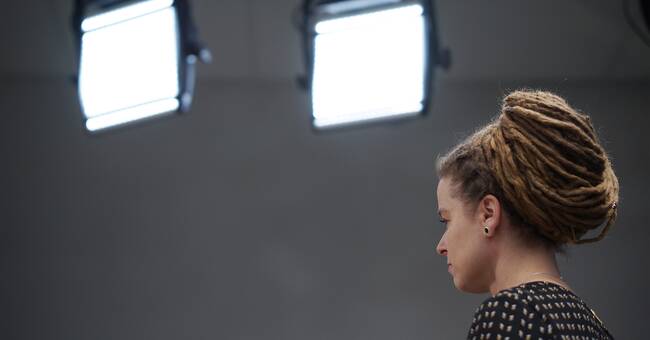The two important adjustments in the crisis support for the corona autumn are exactly those that were requested in the debate after the spring's emergency aid:
1. One steers away from documented loss of income as the most important basis for support.
This construction steered the spring's crisis support in the direction of those parts of cultural life that turn over a lot of money (such as pop music) and underemphasized parts of cultural life that always work on a low budget (such as folk and jazz music).
The Swedish Arts Council now has freer hands to distribute money where it is needed most.
2. The invisible professional categories in the performing arts - who work with sound, light, scenography, etc. - are now explicitly included among those who can apply for support.
Perhaps it can also be said that a third adjustment is that one raises one's eyes from the present crisis and begins to look for a brighter future, with more audiences in front of the scenes.
But 80 million earmarked for corona-proof events is more of an encouragement than a structural support.
Finally: so much money swirling around!
One thousand five hundred million kronor is so much that you get dizzy.
The concern now, halfway into the corona autumn, probably applies to the spring of 2021 - the second corona spring - and the question of how long the economy can cope with such an extreme situation.

